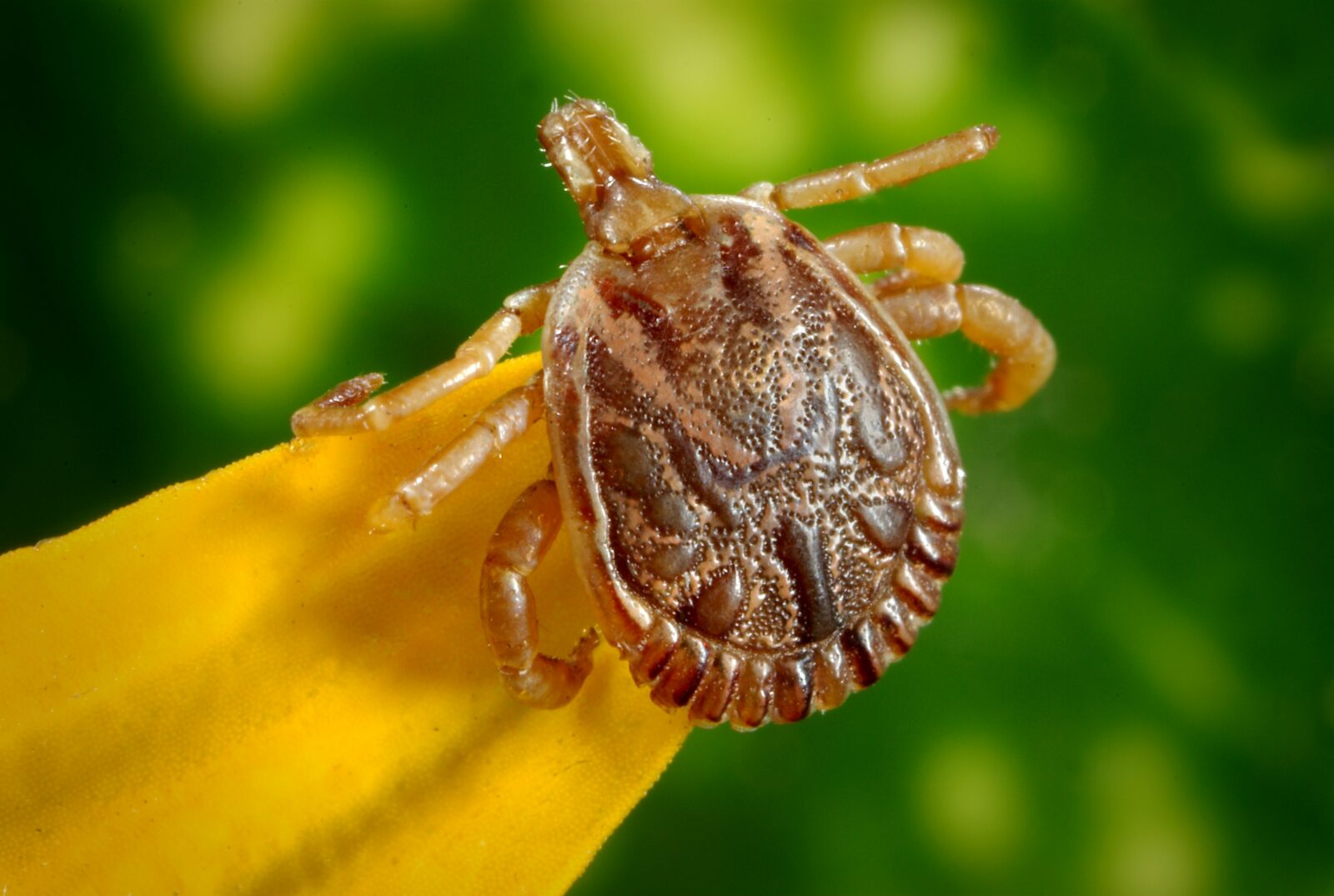
Spending time outside and connecting with nature is healthy both physically and spiritually. Still, the great outdoors does present some hidden dangers, including a microscopic parasite that can quietly sneak its way into your body and cause significant damage.
This stealthy invader is a tiny parasite called babesia. What is babesia, and what are some practical, effective methods to protect against this tiny parasite? Let’s dive deeper into this topic.
What exactly is babesia?
The babesia parasite can infect your red blood cells. Over 100 distinct strains of the babesia parasite exist; however, the most common strain that infects humans are the babesia duncani and the babesia microti.
This tiny parasite causes a condition known as babesiosis if contracted. Many patients with babesiosis also have a co-infection of Lyme disease, and they typically present with more severe symptoms and fare worse than patients with only babesiosis. It is estimated that nearly 40% of patients with Lyme disease also have a babesia co-infection.
What are the symptoms of a babesia infection?
A babesia infection can present with a wide array of symptoms – from nonexistent to life-threatening. Some of the more mild symptoms of babesiosis include:
Members Only Content
To continue reading please subscribe to WellnessPlus by Dr. Jess MD
Be your own best doctor with our comprehensive suite of online health coaching tools.
